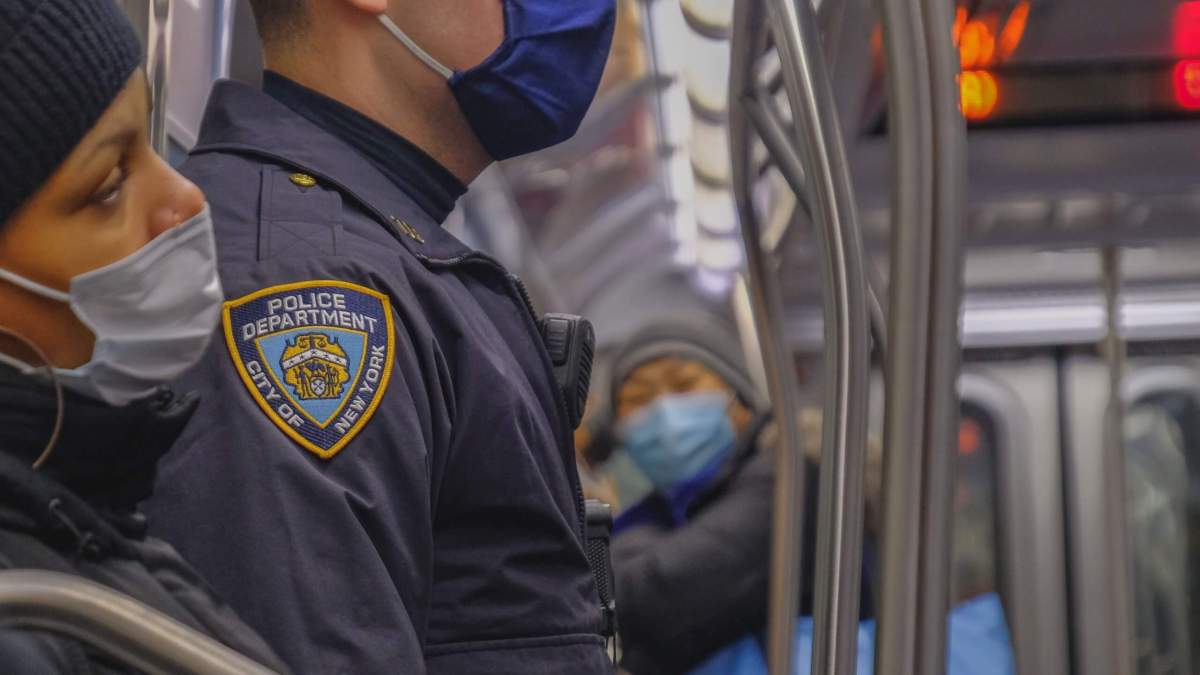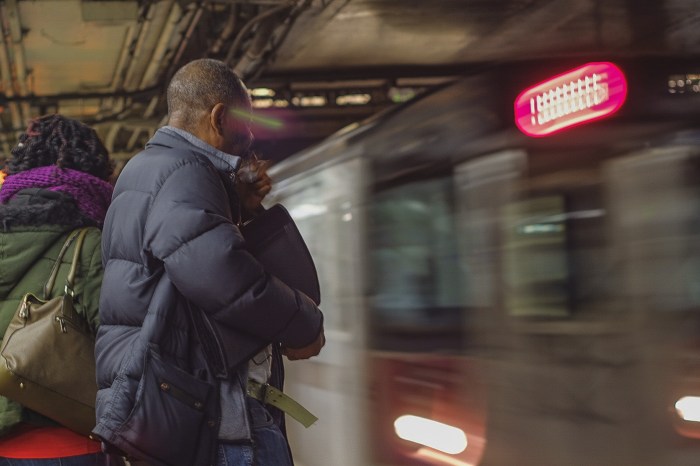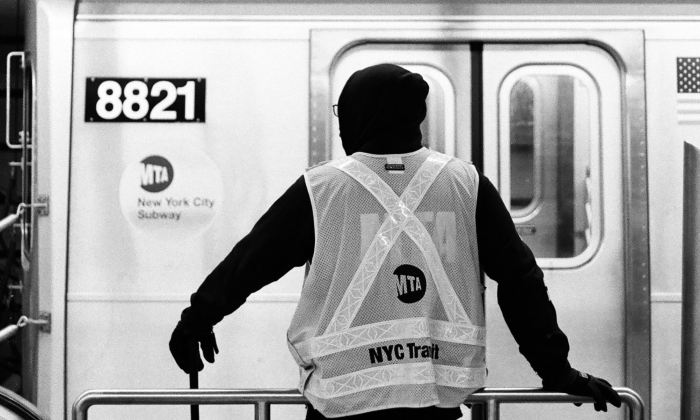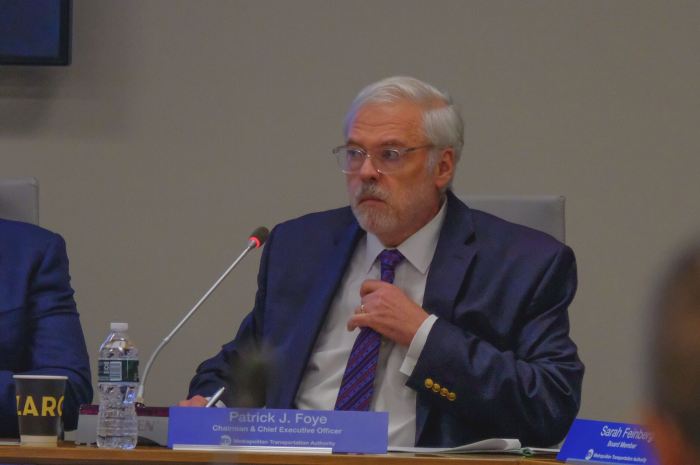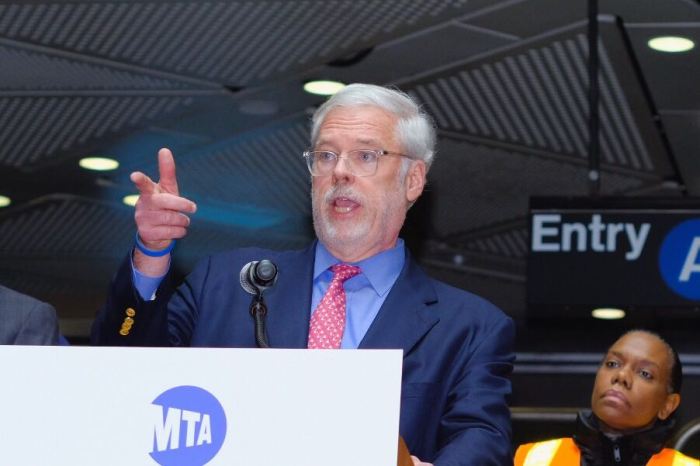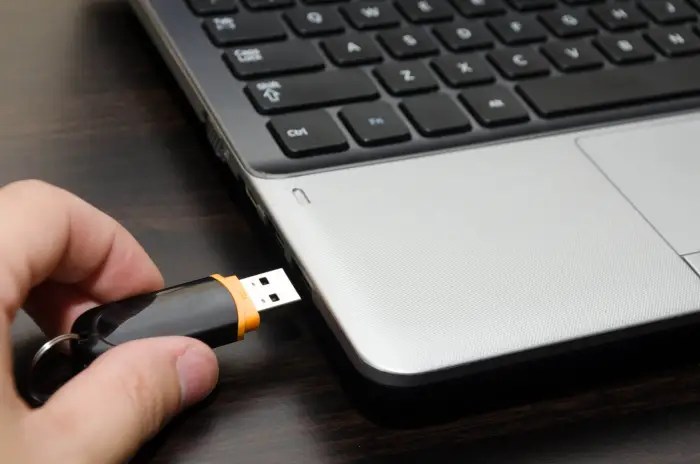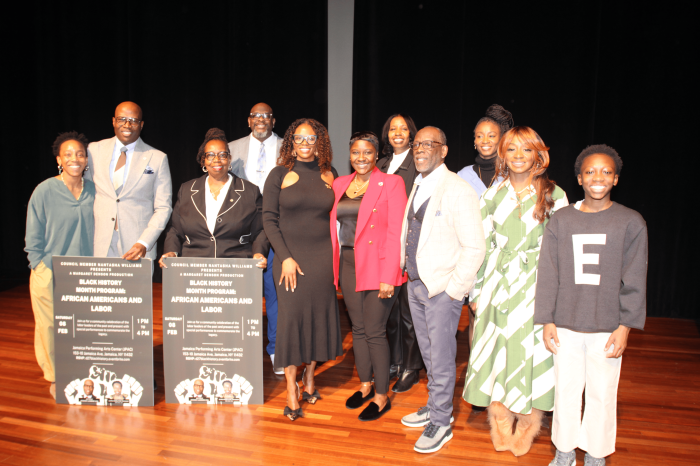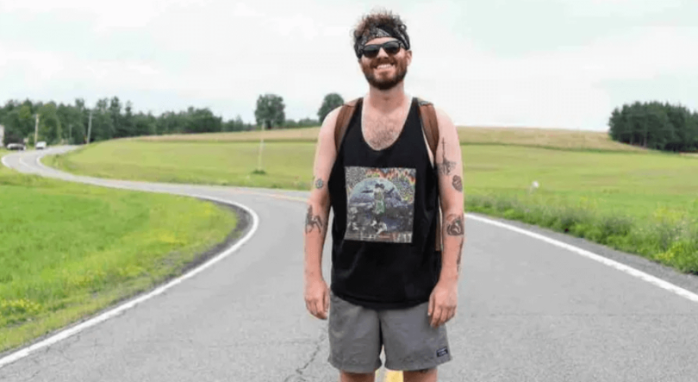After a surge of 500 additional NYPD officers was announced on Saturday, MTA officials upped the ante by asking the city to provide 1,000 following the attacks on four homeless people that left two of them dead on the A train.
Despite NYPD apprehending a suspect – Rigoberto Lopez, 21, of Brooklyn, charged with murder and attempted murder – the MTA issued a letter to Mayor Bill de Blasio to help end what they say has been a long-standing need for additional enforcement resources in the transit system.
The letter was signed by MTA Chairman Pat Foye and interim New York City Transit President Sarah Feinberg and released on Sunday afternoon.
“We believe more is needed, however, and so we are writing today to request an additional 1,000 NYPD officers be assigned to the Transit Bureau to patrol subways and buses immediately. We request teams of uniformed officers be assigned to every station and that officers ride the system throughout the day and during the overnight to ensure the safety of our customers and colleagues,” the statement read. “The Governor and the MTA Board called for additional police officers in the system when this trend was already evident, more than a year ago, and it remains the right call now.”
The Mayor’s office did not confirm whether or not the additional 500 officers would be assigned and the NYPD told reporters many this additional coverage would come from additional overtime and reassigning cops on administrative duty.
“The City is immediately surging 500 officers to keep New Yorkers safe in our trains, stations, and platforms. They will work hand in hand with the thousands of officers and outreach workers who already do this work in our communities and subways every day,” mayoral spokesman Avery Cohen said.
The New York City Transit Riders Council concurred with the MTA’s claim that growing crime on subways and buses warranted an increased number of cops despite public outcry since before the agency attempted to hire 500 of their police officers.
“Not only is it important to keep riders safe by multiple daily cleanings of subway cars and stations, but it is also important to keep riders safe from those who would do them harm,” NYCTRC Chair Andrew Albert said. “Having a visible police presence will do that, as would additional mental health services and sufficient housing available for those who need it. I have heard from many riders who say they would rather see police officers than cleaners. We need both, and the dedicated transit workers and the riding public deserve both — which can still be done with the restoration of overnight subway service.”
The MTA approved the hiring of the additional law enforcement officers during a January 2020 board meeting, but have since imposed a hiring freeze due to the financial impacts of the COVID-19 pandemic.



